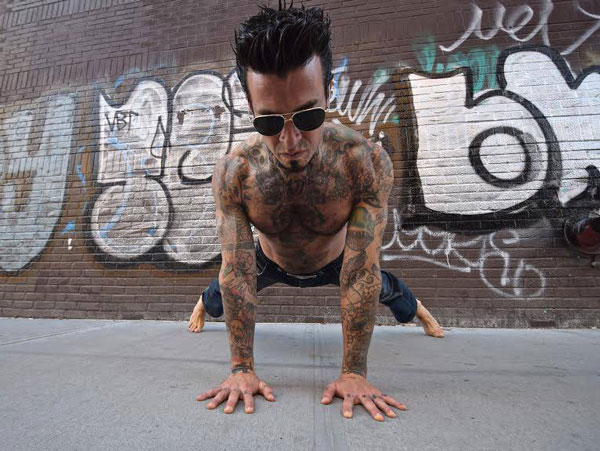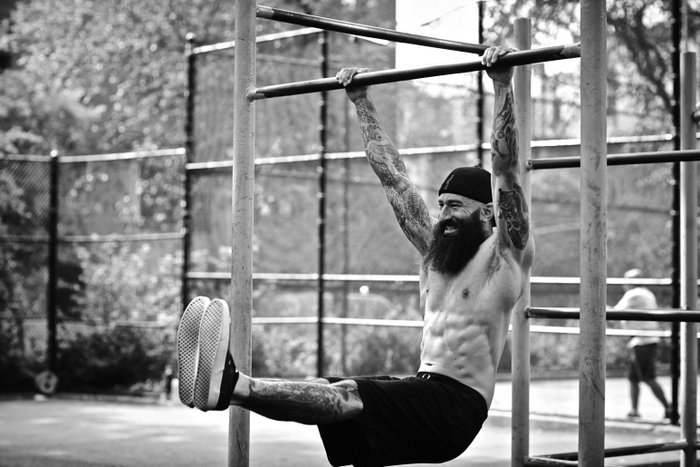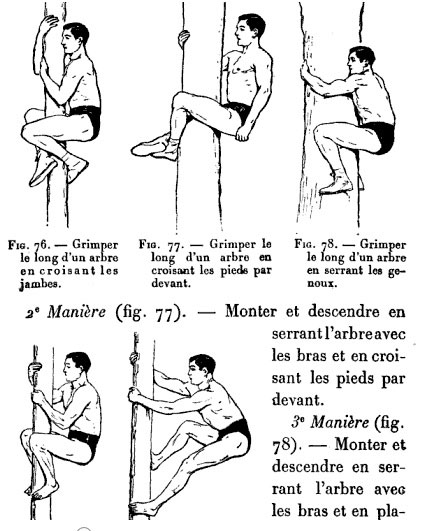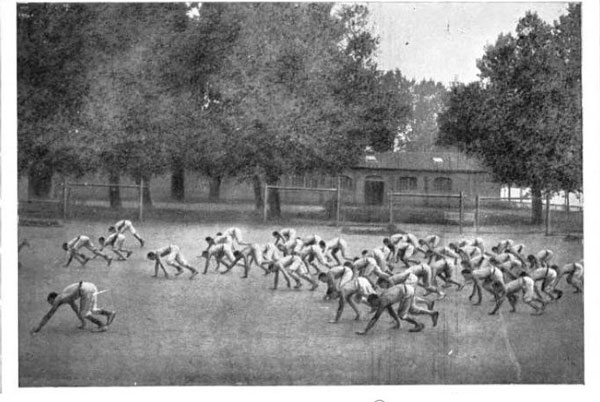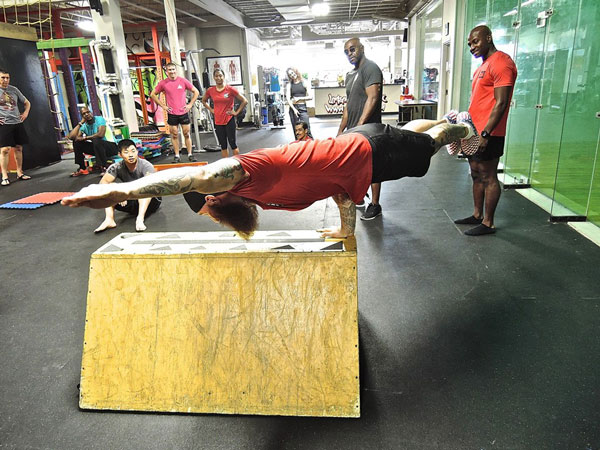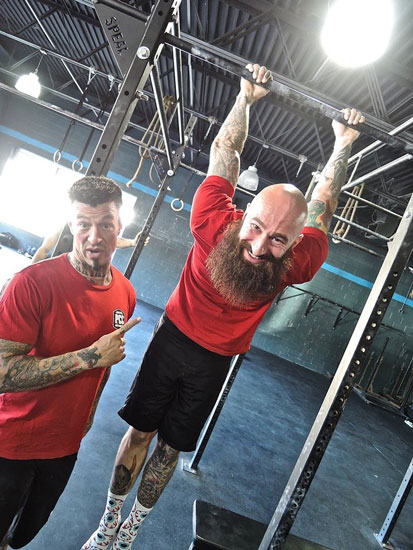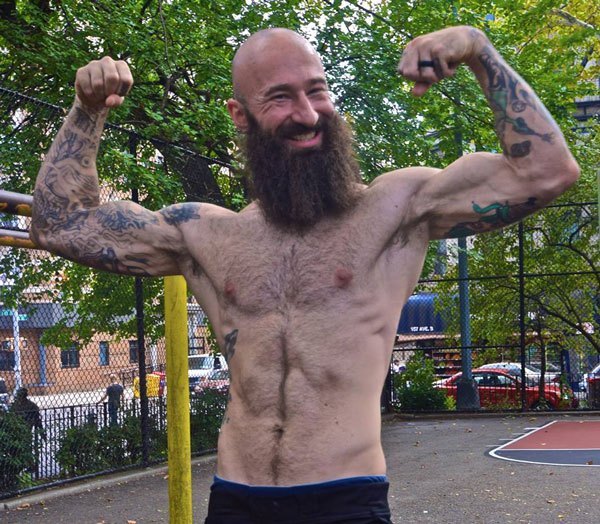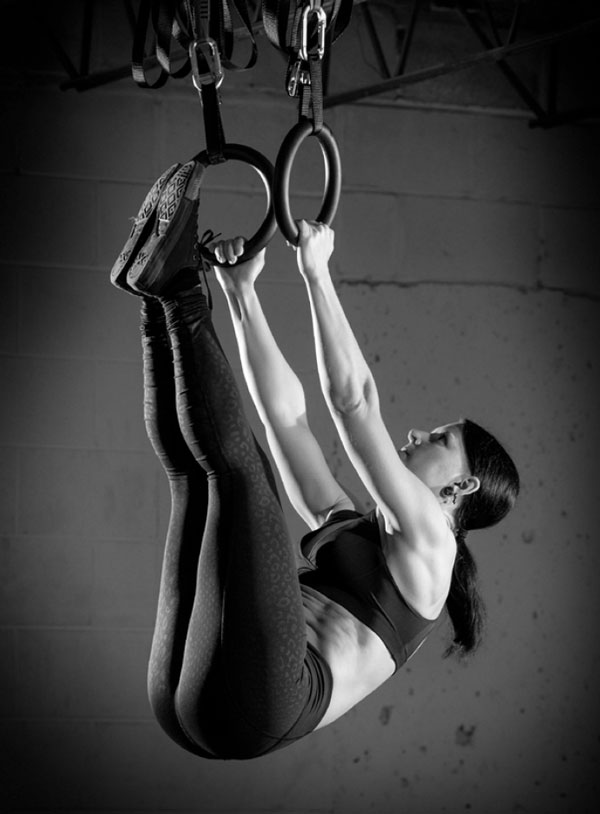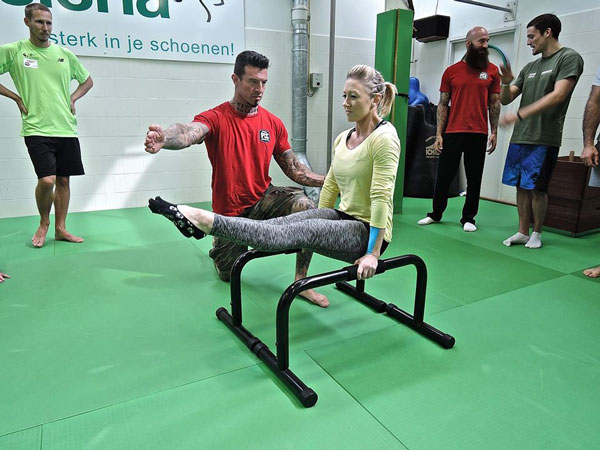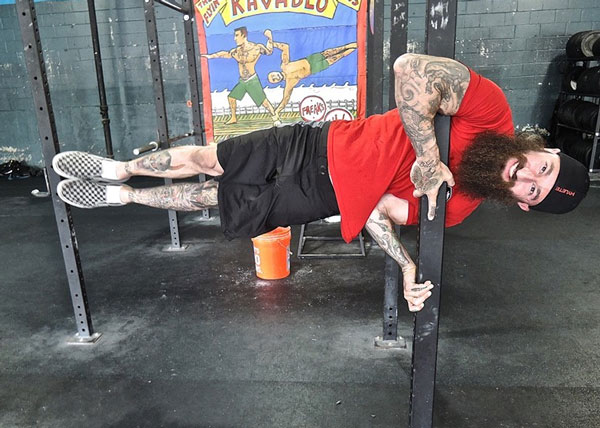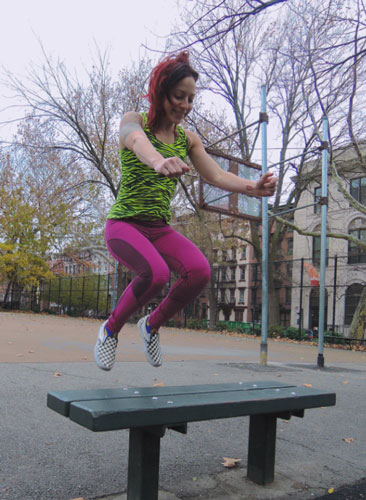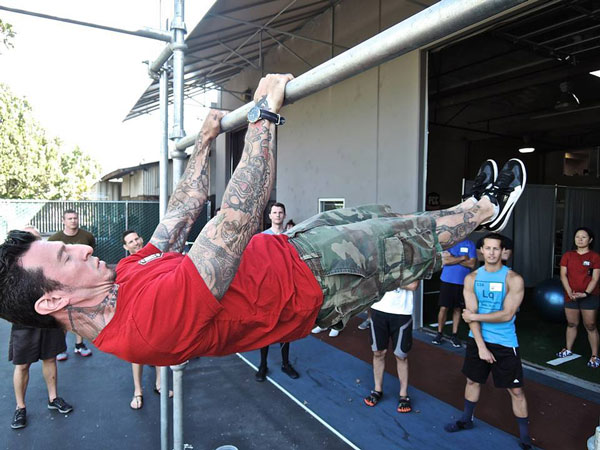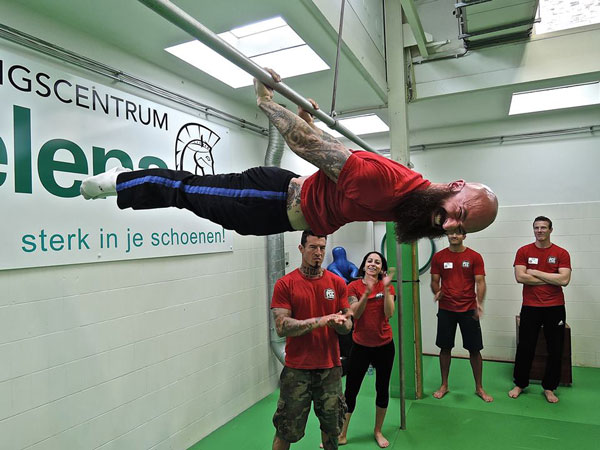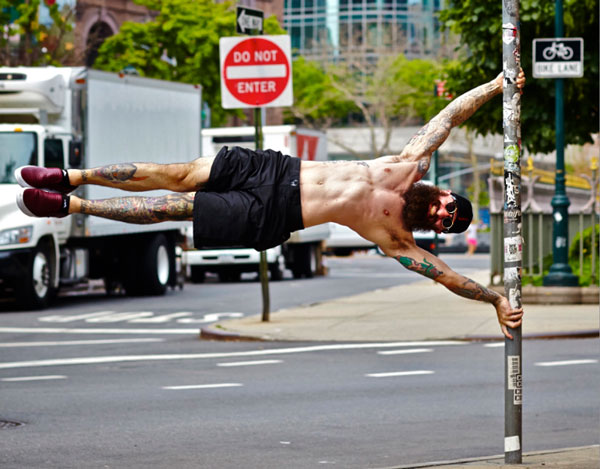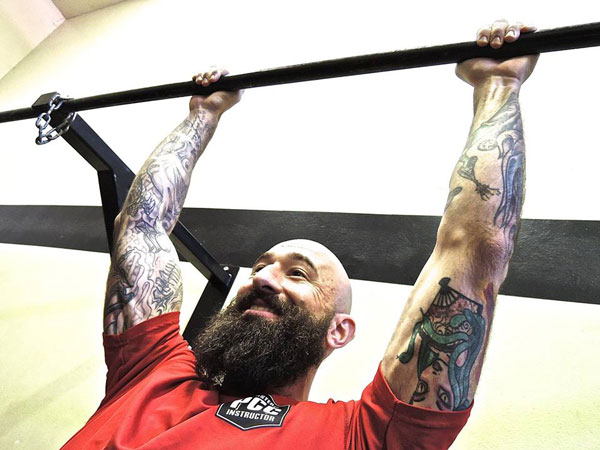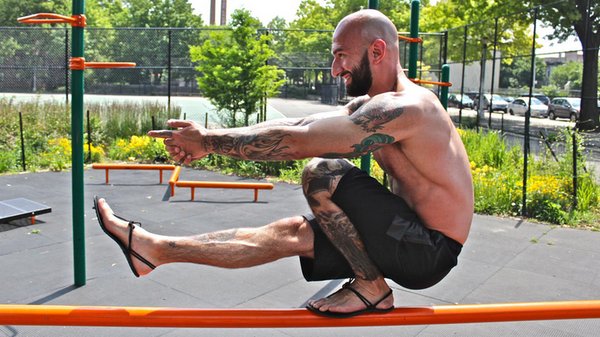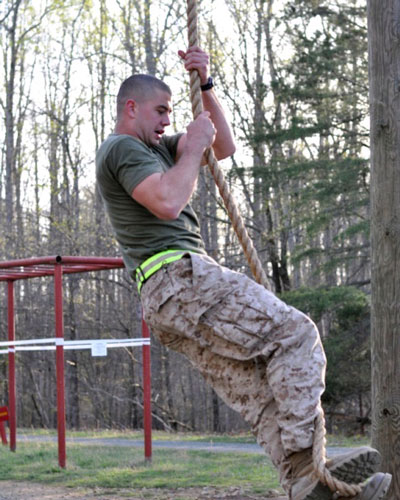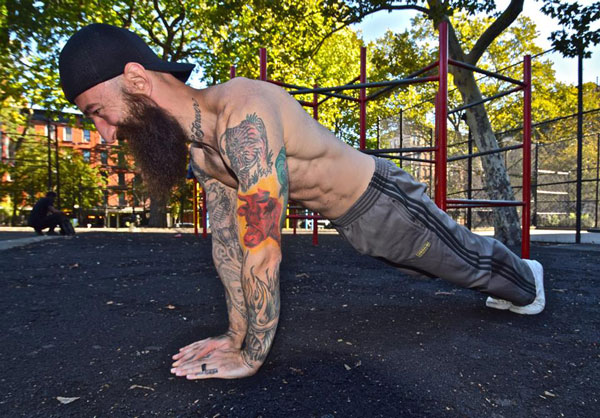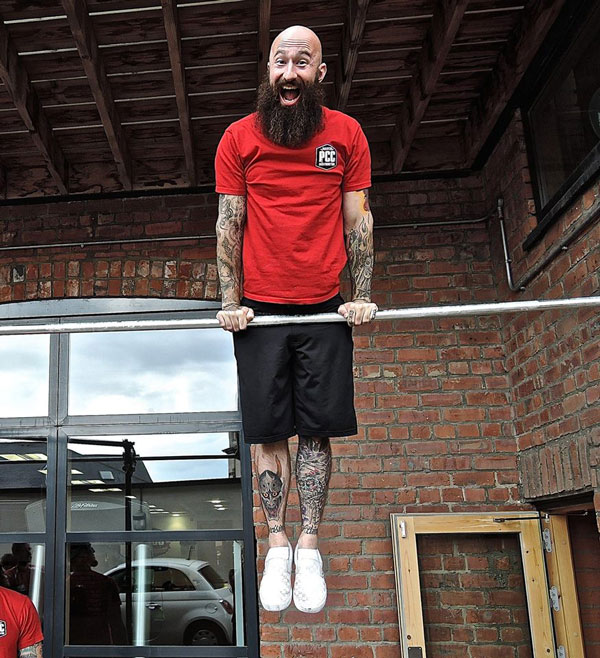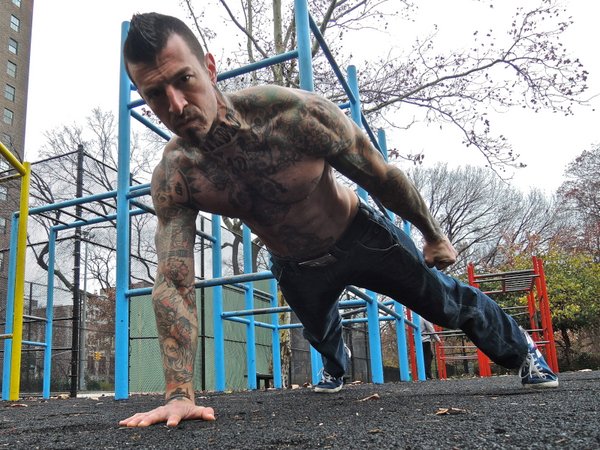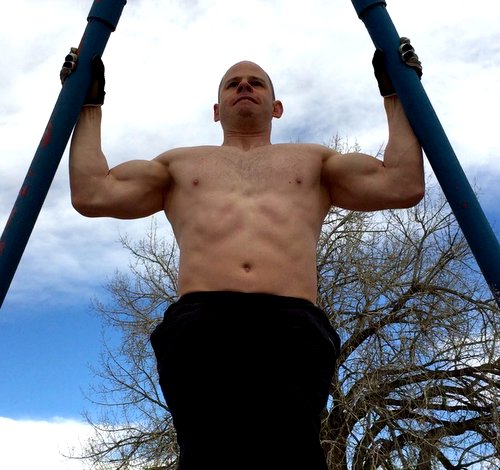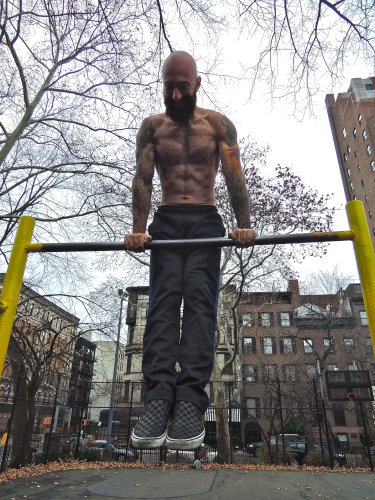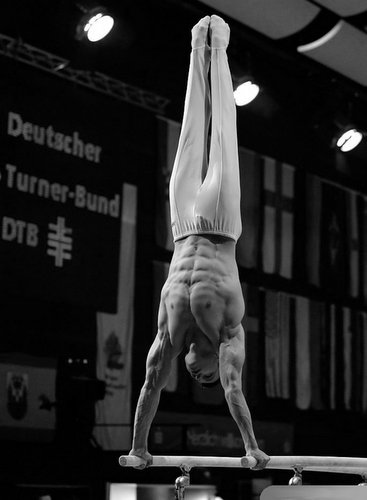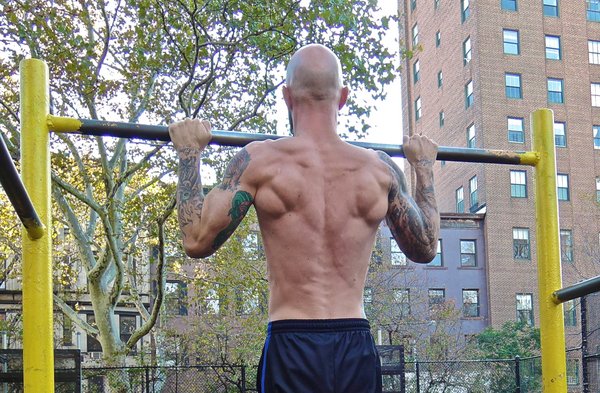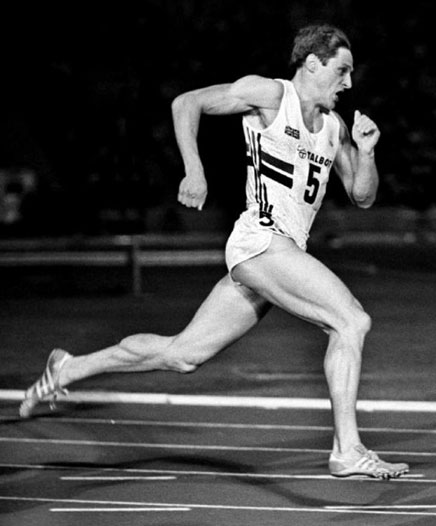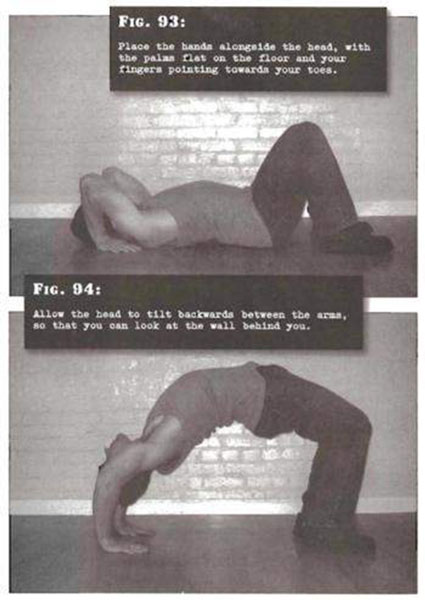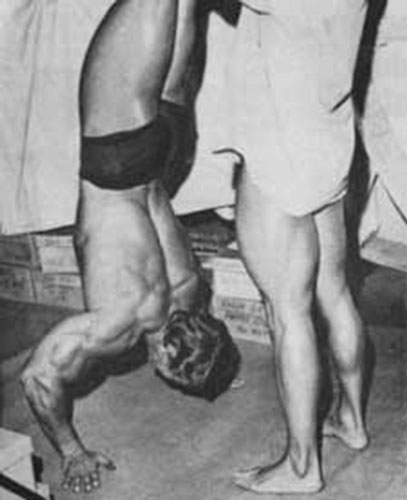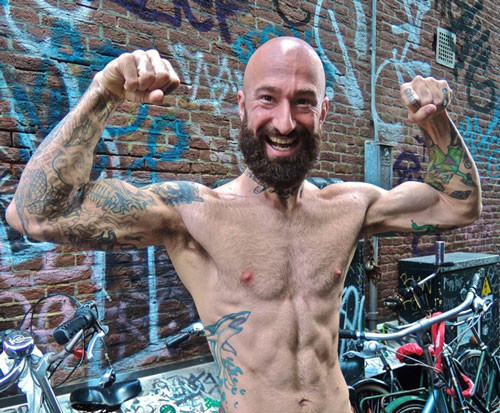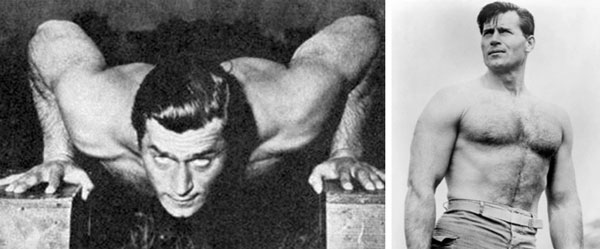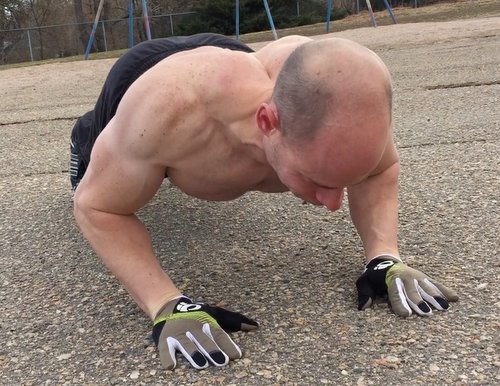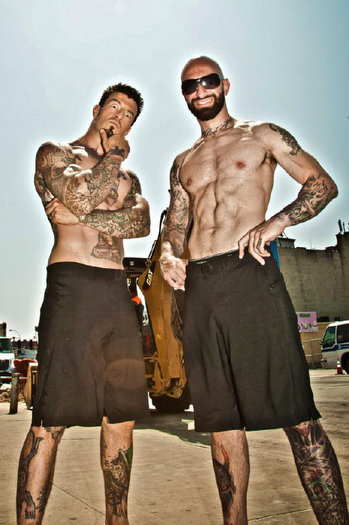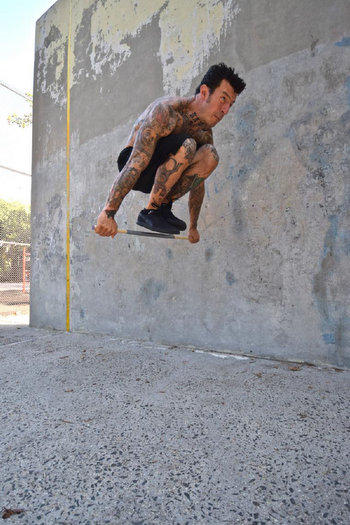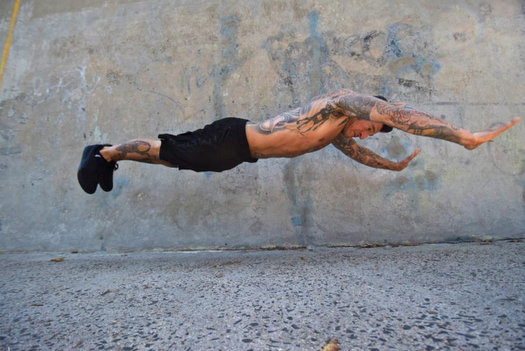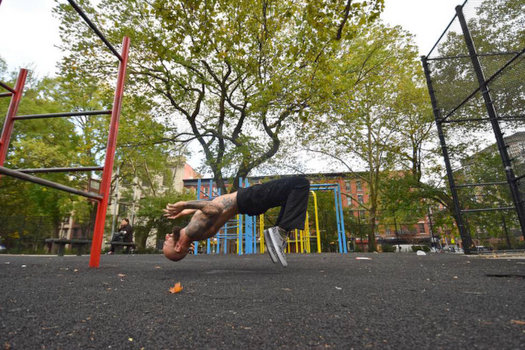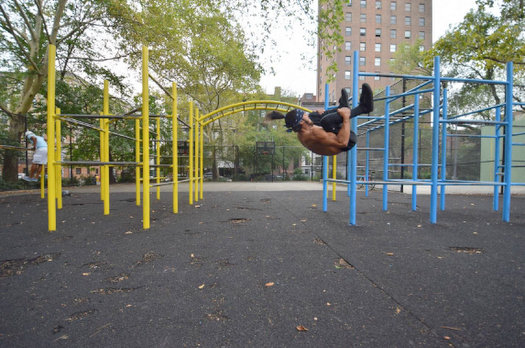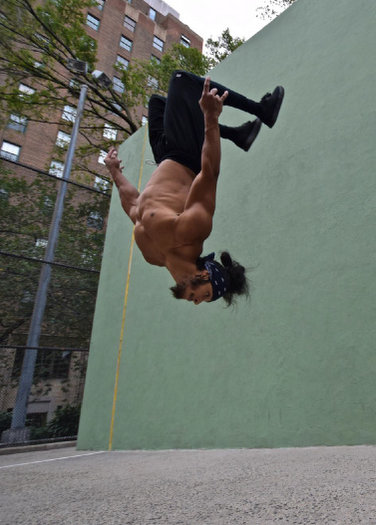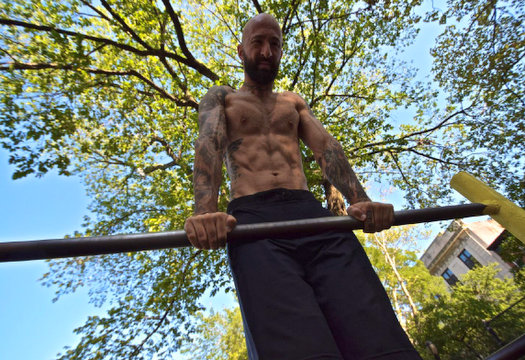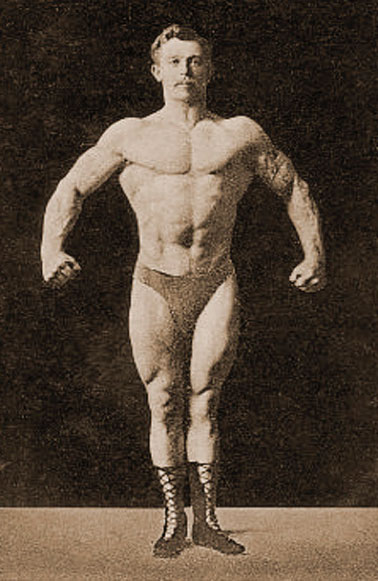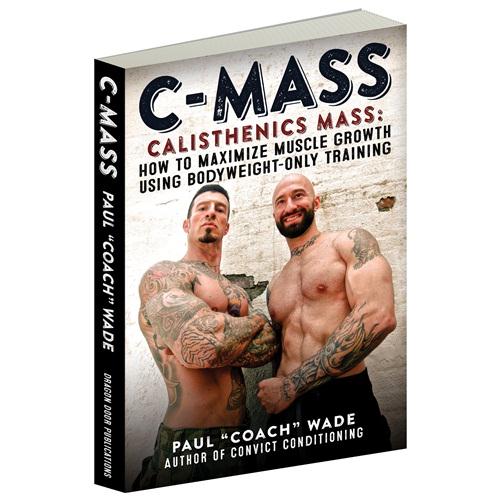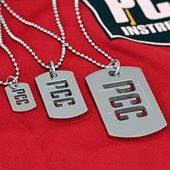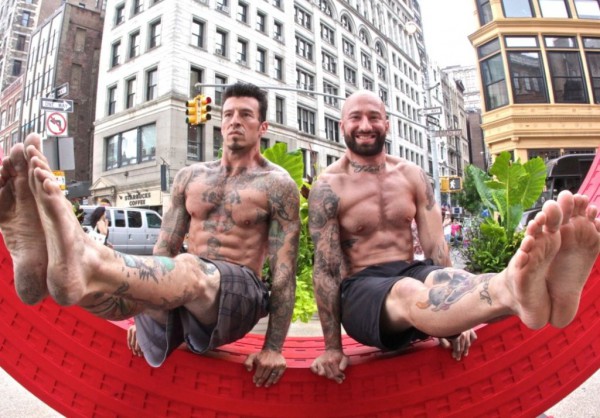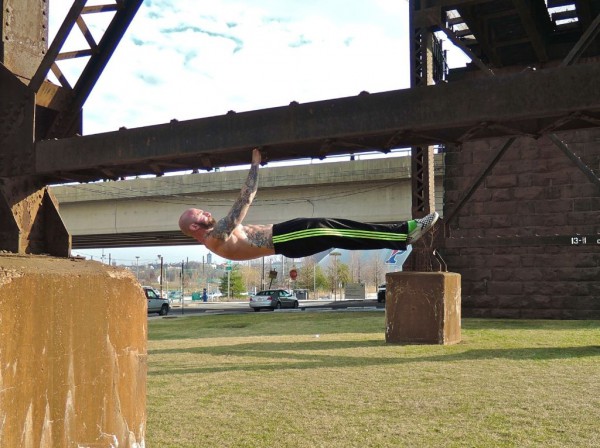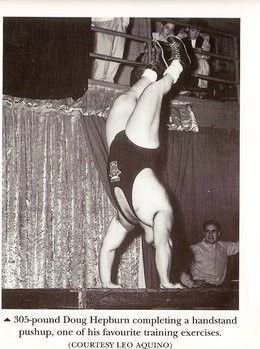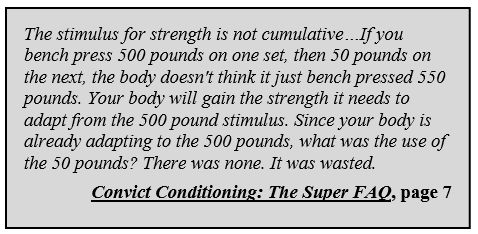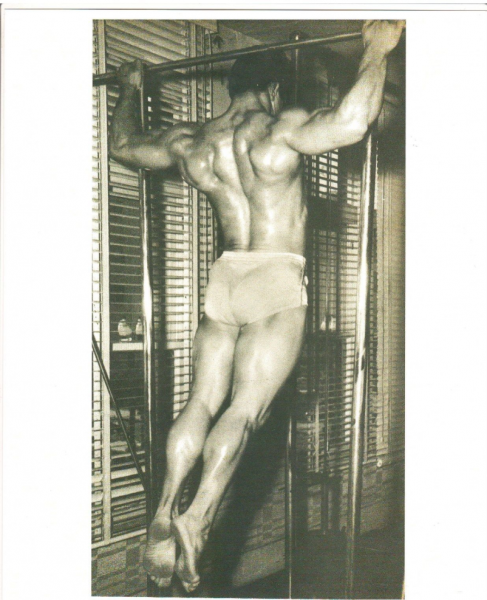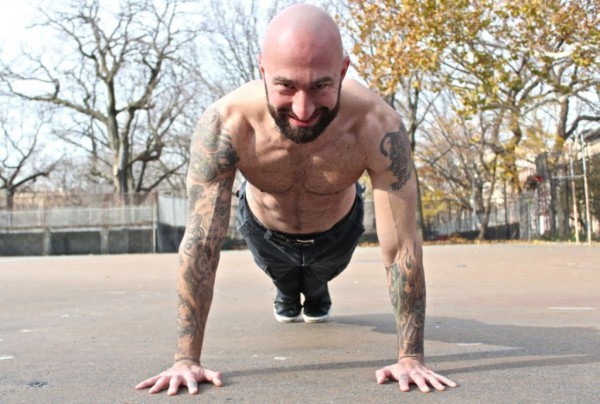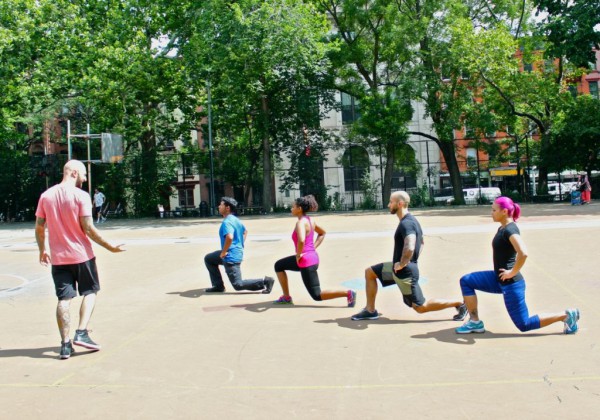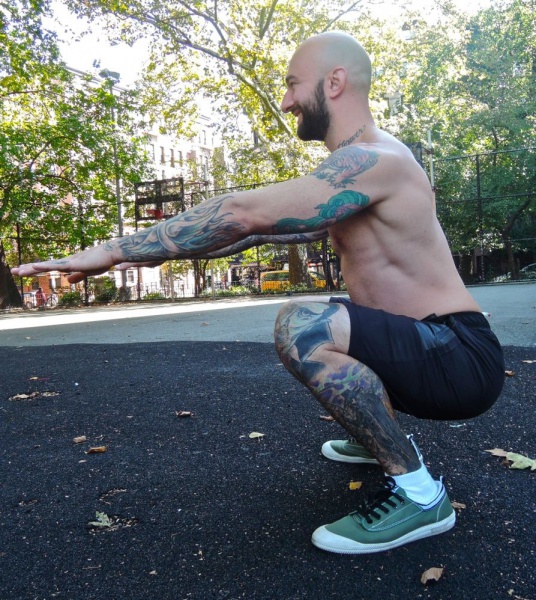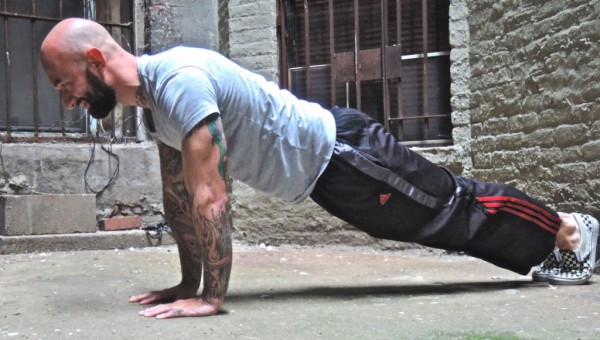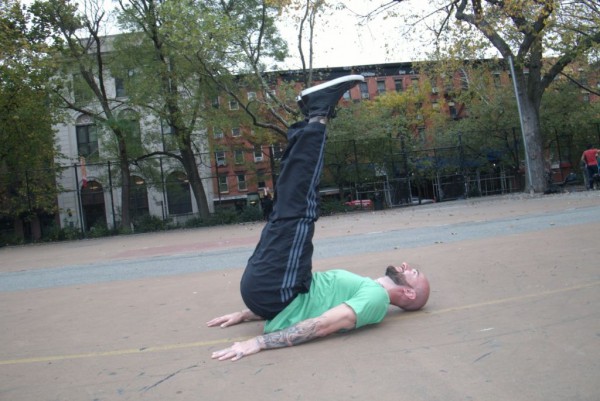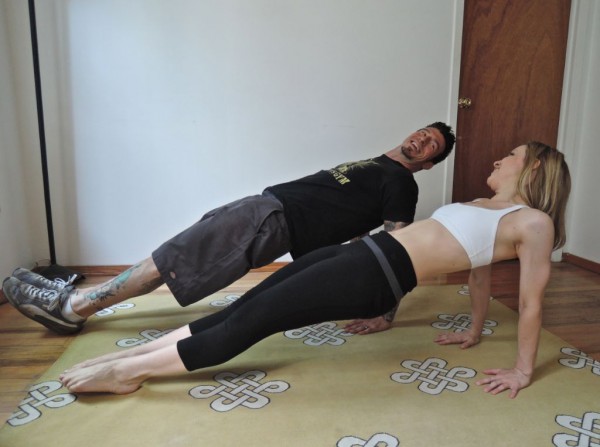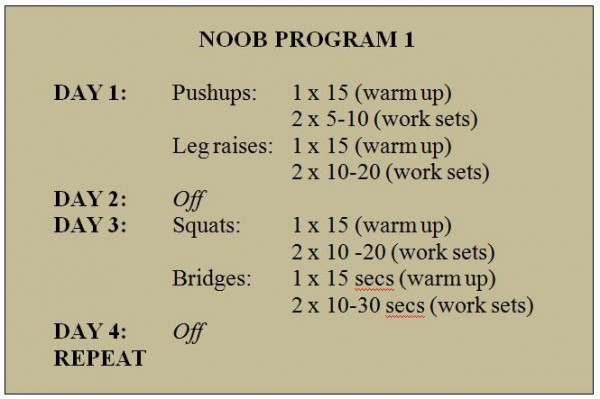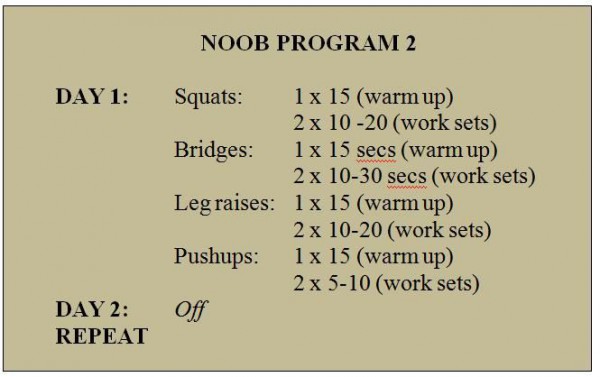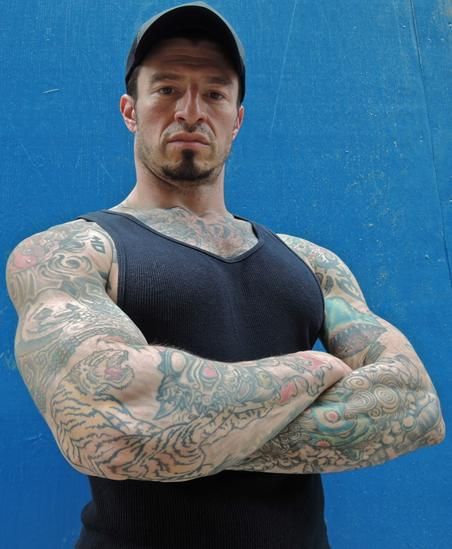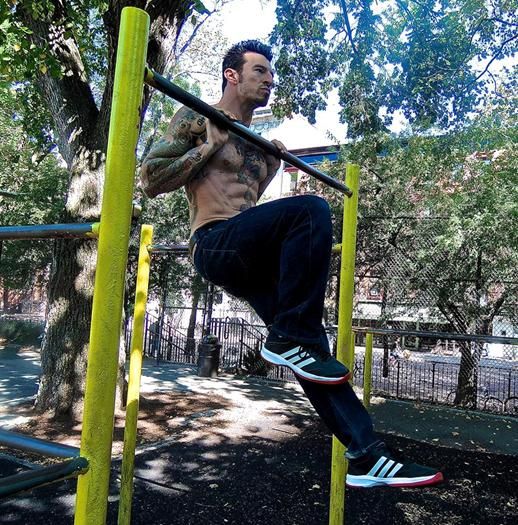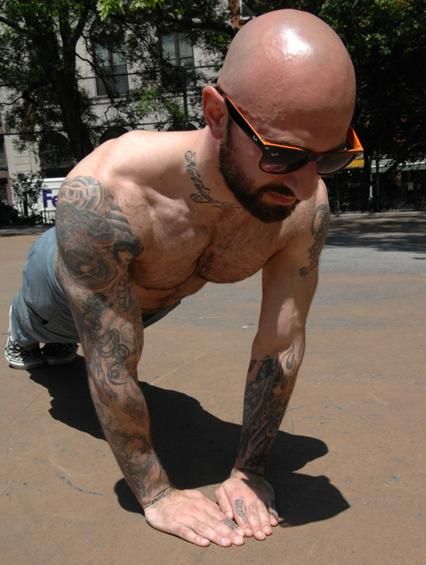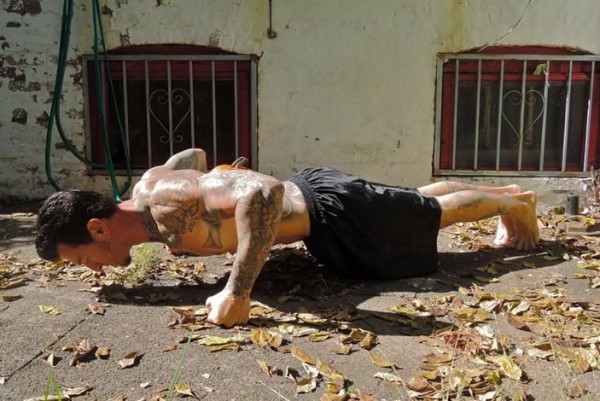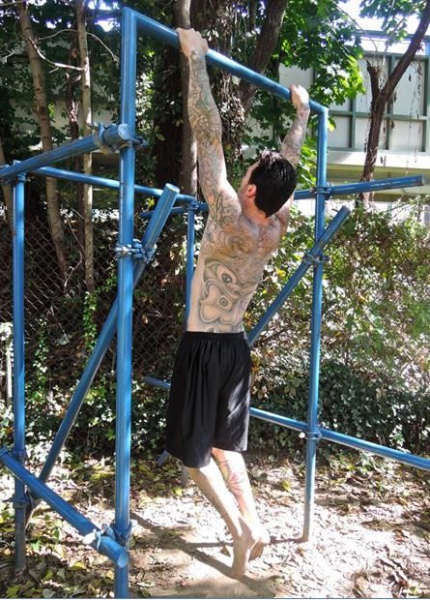Hey, you guys!
It’s been a long time. I missed ya! How’s the wife? I always thought she was a honey…a real catch!
…Wait, what? She did what with the mailman? She took the kids, too? Damn.
I never liked her anyway bro. …Uh…some training talk might take your mind off it, huh?
I’ve sure been thinking about training a lot these days. One type of training in particular—isometrics. I’ve also been working isometrics—hard—for the last couple years or so, and feeling stronger and tougher than ever as a result. Let’s chit-chat about ‘em; tumble some thoughts around in the brain-laundry, and see what colors run, eh?
“Isometrics” is a word virtually everyone who trains knows pretty well. We’ve all heard about isometrics; static training; “isos”. We’ve all read an article about their benefits, thought about seriously applying them, then put the ideas back in a dusty mental drawer and continued with our usual old training. Since Dragon Door is about to release the ISOCHAIN—a project I’ve been heavily involved in, from the get-go—I thought I’d talk a bit about bodyweight and isos to my PCC brethren. (And sistren.)
I’ve used isos in some manner for decades; since the earliest days of my training, in fact. In Convict Conditioning I wrote about how I used to pull on prison bars for an iso workout. I didn’t invent this; inmates have been doing it for hundreds of years to get strong. It’s amazing how varied and productive bar pulling can be. I had a little, dog-eared notebook full of different techniques, bad pencil sketches of different angles and holds to work different muscles. I even included a handful of examples in Convict Conditioning.
Something I talk about a lot in all my books are the old-time strongmen and their methods. All the old timers used isometric holds, particularly as feats of strength: I’m thinking of the human bridge, various back lifts, crucifix holds, ridiculously heavy support holds, restraining wild horses—all this must have put thousands of pounds of force through the human body! But those guys thrived on it, and many of them were performing well into old age.
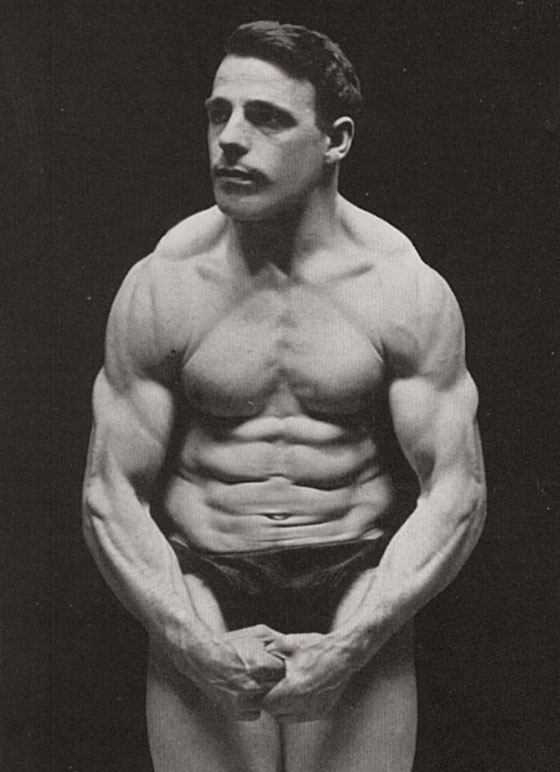
Maxick stands out as a guy who build his entire system around loadless isometrics: pitting one muscle against another. He built an amazing physique on it, too, and his “muscle control” exhibitions were famous throughout the world. Angelo Siciliano—a.k.a. “Charles Atlas”—was another former strongman who took isometric tension seriously, and his Dynamic Tension system pretty much started the modern bodybuilding craze. Nobody wanted sand kicked in their face, did they? (Apologies if you’re into that kinda thing.)
It’s an interesting but little-known fact that the history of the old-time strongmen, isometrics, and prison training are all intertwined. Nobody personifies this more than the great Russian strongman, Alexander Zass—The Amazing Samson. Zass always used isometrics, even from a young age. His first workouts involved pushing and pulling against trees in the local forest. Before he could fulfill his dream of becoming a famous strongman, World War I rolled around, and Zass was nearly killed by the Austrians, then made a prisoner of war. Despite unbelievably poor training conditions—and food that would make a billy goat puke—Zass never lost his passion to become strong, while injured and locked away. He began grimly pushing and pulling against his cell bars, on a daily basis. When he was put in shackles, he would pull against the chains, over and over, from different angles. Zass was using whatever he could to train. This is the tradition that continues in jails to this day. I’ve seen inmates use towels, walls, even each other to generate some brutal isometric workouts.
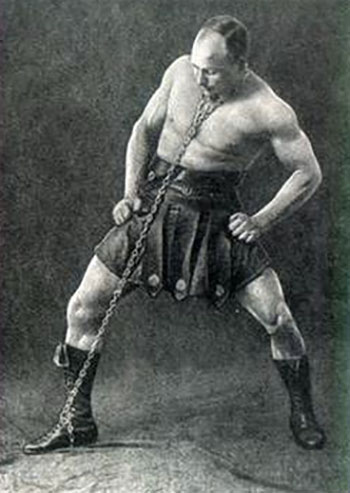
Did these isometric workouts produce results? Unbelievably, Zass became so powerful from this training that he could split chains and bend bars. He was made a prisoner of war four times: he escaped prison, four times. It seems he was just too damn strong for the early twentieth century military jails. And yeah, that’s not hyperbole. Zass was inhumanly powerful. (You may have seen the famous photo of him taking a horse for a walk: with the colt on his shoulders.) It was Zass who began the bar bending and chain breaking that became synonymous with the old-school strongmen.
Numerous athletes took Zass’s chain-pulling system to heart, and built enormous strength from it. But by the time the fifties had rolled around, strongman training was out in Europe and America, and Olympic weightlifting was in. Chain isometrics were still used, but some bright spark—history seems to disagree exactly who it was—attached a bar to the chain, to better replicate the barbell lifts. This simple—but very powerful—chain-and-bar unit was found in elite gyms throughout Europe and America, but it was stolen by other athletes who craved power, too. You might have seen the famous images of Bruce Lee using one. Lee swore by isometrics as a training method, claiming it increased his strength and speed.
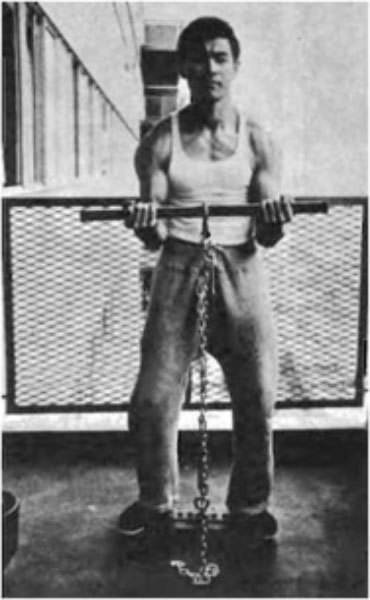
Although isos have largely gone by the wayside these days—our loss—some well-read athletes still use these cool old hardcore devices. Ross Enamait is one famous strength and conditioning coach who still promotes isometrics. (A few years back he wrote a great article teaching athletes how to build their own chain-and-bar unit. Check it out, here.)
I’m old (read: decrepit) enough to remember actually seeing the first generation of these chain-and-bar devices being used, in strength magazines and whatnot. They always intrigued me at the time. I didn’t ever get round to trying to construct one though. The lack of measurement was the only thing that bothered me: how do you know how much force you are generating? You don’t. At least with bodyweight training you know you are getting stronger because you move from progression to progression. With conventional weight-training, you move from heavier to heavier bars. But with traditional isometrics without weights? Sure, you feel stronger—but you just don’t know how much, or what’s working.
This has been the major stumbling block for most isometrics. I think it’s the one issue—in today’s era of measuring everything—that has turned the modern generation off isos. We know, thanks to anecdotal and scientific evidence, that isos get you very strong—rapidly. But how strong? How do you know what’s working? How do you motivate yourself to hit a new PR?
This is what first intrigued me so much about the ISOCHAIN. It has a digital force meter that measures the “weight” you are lifting with pinpoint accuracy: on curls, presses, squats, deadlifts, etc.
I know from experience, also—particularly as I get older—that isometric work is good for building muscle while being amazing for the joints. I have been very critical of lifting “external” weights in the past; one reason is the potential damage heavy weight training can do to the joints. With chain-and-bar devices, your joints are under heavy load, but not moving: this results in almost zero friction inside the joints. Imagine pushing coarse sandpaper against a wall, then rubbing. Does a lot of damage, right? Now imagine pushing down on the sandpaper just as hard, but keeping still. Virtually no damage. This is the difference on your joints between loaded isometrics and loaded dynamic lifting.
One of the reasons I’m reaching out to you guys here is that I’d like you to start thinking about incorporating some isos into your program. Isometrics are one of those training topics everybody has an opinion about—but never actually tries, seriously. That’s a damn shame. Isometrics has a ton of proven benefits—from amplified strength and muscle gain to increased speed, reduced joint pain, fat-loss, lower blood pressure, improved heart health, and so on. (Check here for an in-depth article on the science, egghead.)
Truth is—three steps behind, as old Paul always is—I’m probably preaching to the choir right here. If you are seriously into bodyweight training, chances are you already perform isometrics in some form. Isometrics, in its purest sense, just means holding a position to build strength. Damn, it’s hard to do bodyweight training in any form without doing isos:
- Holding a handstand (or even a headstand): isometric.
- The plank (RKC plank, anyone?): isometric.
- Wall squats: isometric:
- Bridges: isometric.
- Hollow body holds:
- Elbow lever variations: isometric.
- Grip hangs:
- Front and rear hanging levers: isometric.
- L-holds and V-holds for abs: isometric.
- The human flag and the clutch flag: isometric.
…And so it goes on. The most impressive gymnastic strength feats that exist—the Iron Cross, the planche, the inverted cross, the Maltese Cross, and so on—are all isometric holds. Hell, even holding a classical yoga position is isometrics! So us bodyweight guys and gals are probably already well ahead of the curve when it comes to isos.

I’d also like to ask you guys a favor. The ISOCHAIN has been tested in prototypes, but to get the project off the ground—to fund the tooling, the best materials, the programming exactly as we want it—we need pre-orders. If we don’t get them, this project won’t succeed, and that would be a damn shame. I would love for this old-school piece of gear to come back, better than ever, for modern athletes to benefit from. Please, go take a look at the device—it’s amazing. Even if you don’t want one, please send the link to a friend. Or an enemy. Hell, someone you are ambivalent about. Spread the word. Please.
Read about the ISOCHAIN design, here.
Pre-order your own ISOCHAIN, here.
I know what you’re thinking. But it’s a gadget! Some of my hardcore bodyweight bros are probably about ready to track me down and give me the old baseball bat massage, eh? Uncle Paul, you always told us we don’t NEED gadgets or equipment to get in peak shape!
I did say that—and it’s TRUE. It’s as true today as it was yesterday, and it will always be true. I stand behind the ISOCHAIN because I believe, hand on heart, that it will help a lot of athletes, young and old, reach their full potential. It’s the most important piece of training equipment to be released in my lifetime. I hope people who read this know me well enough to know that I would never put my name behind something I didn’t believe in, 100%. Fact.
That said—you don’t need an ISOCHAIN to perform isometrics and gain the benefits. One of the bonuses of isometrics is that it can be performed anywhere. You can do loadless isometrics—muscle-vs-muscle training, so beloved by Maxick. You can do low-to-zero tech isos using a chain, a rope, a towel. You can perform static-state isos, using a doorway, a wall, or so on. And—saving the best for last—you can do bodyweight isometric progressions, like levers, flags, L-holds, grip work, and so on.
So what do you guys think? Do you want to see isos make a big return? Please hit me up in the comments below. Let me know if you’ve used isos, and benefited from them; let me know if you want some more articles here on loadless or zero–tech isos. Shoot me a comment if you have any questions, and I’ll answer them if I can.
Heck, please leave a comment just to say hi. I’d love to hear from all of ya!
Paul
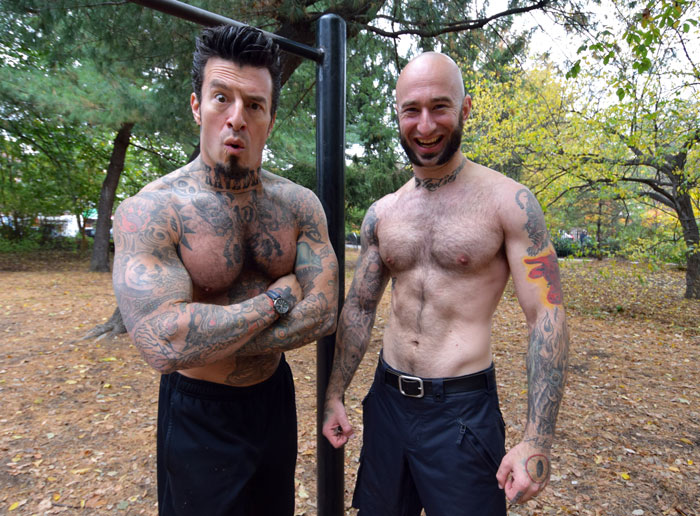

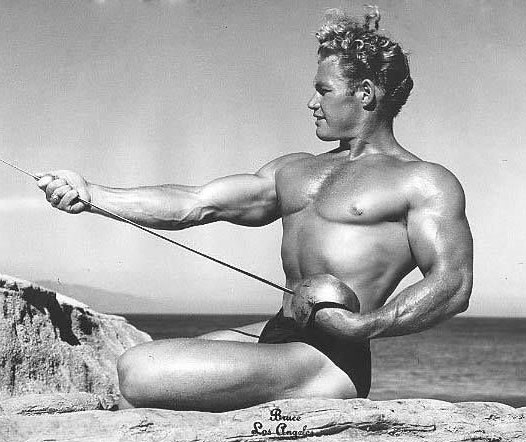
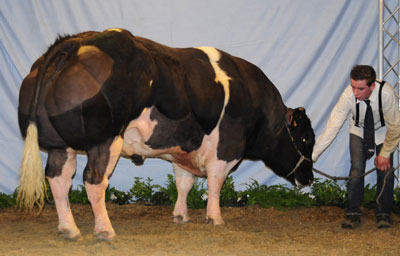
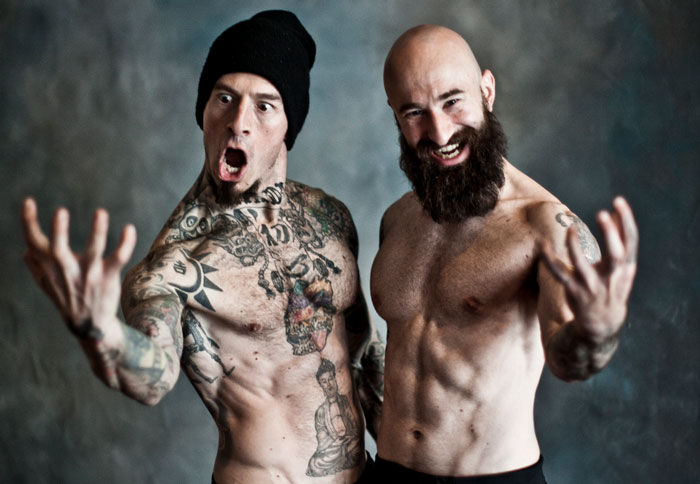
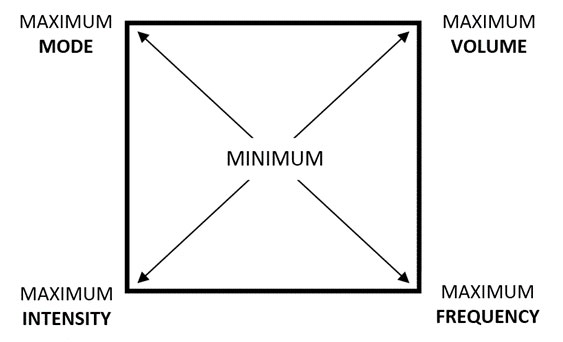
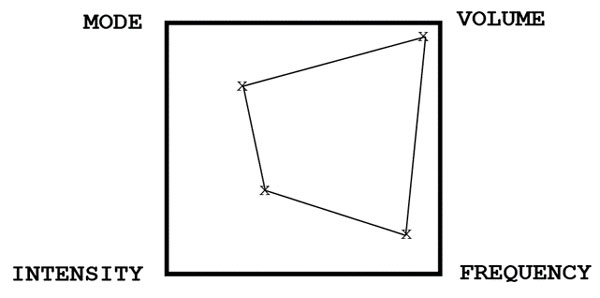
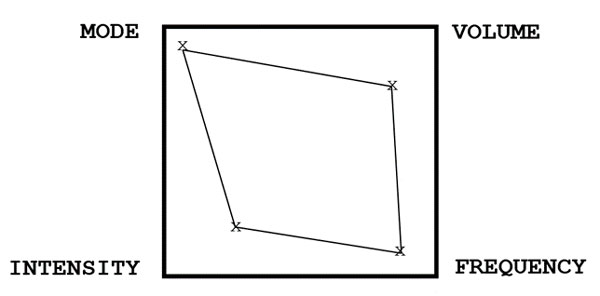

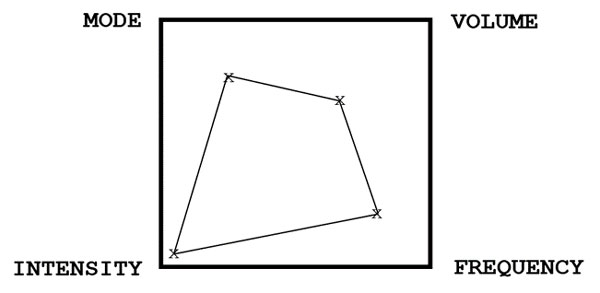
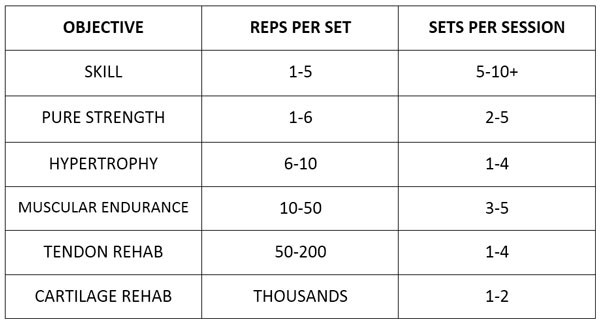
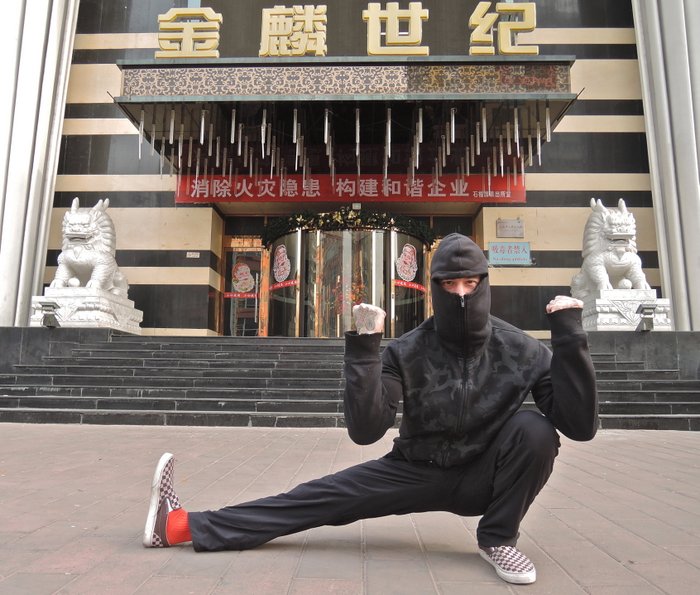
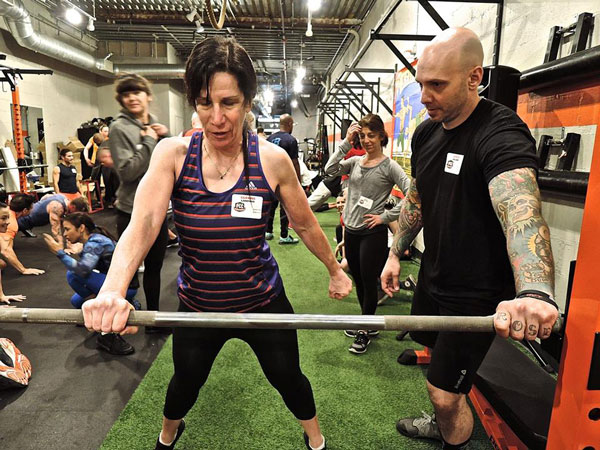
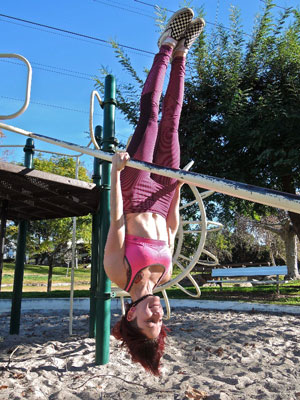
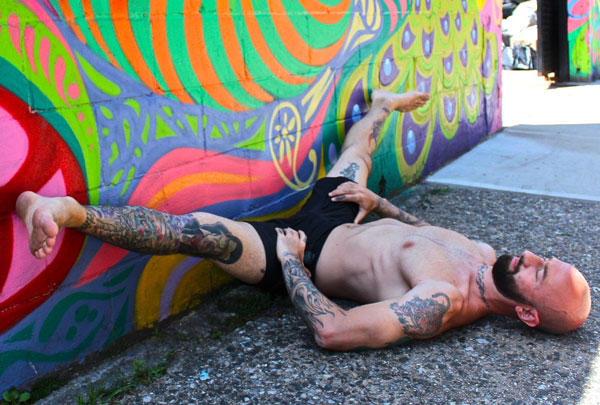
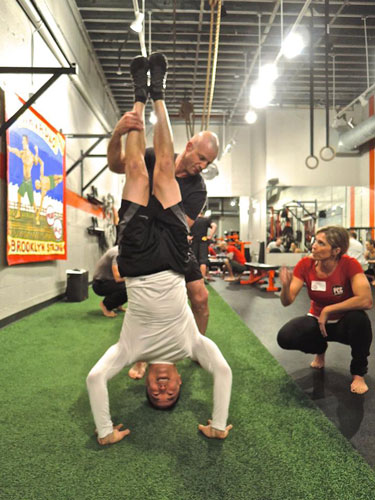
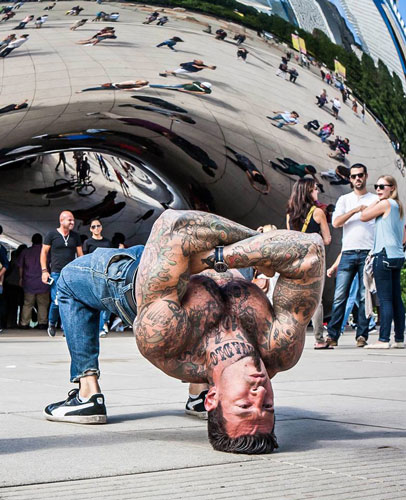
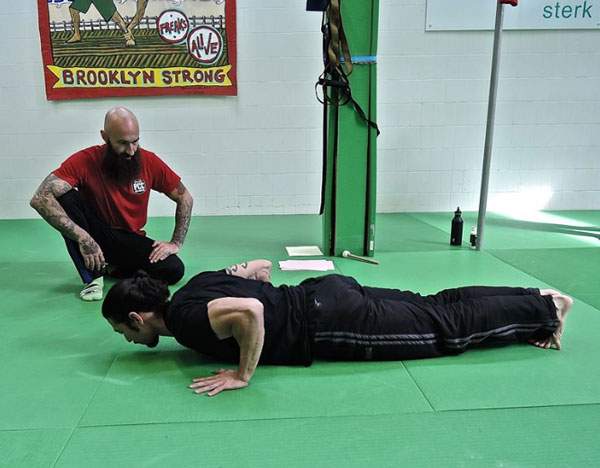
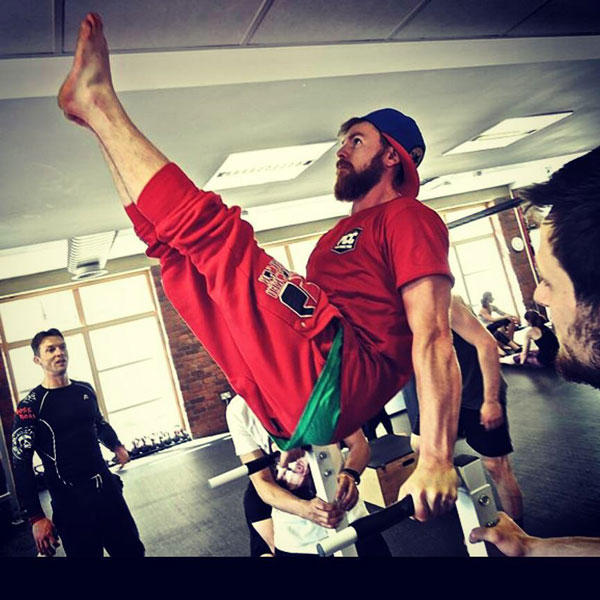
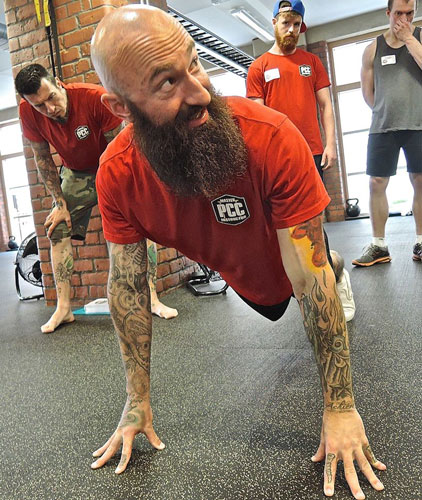
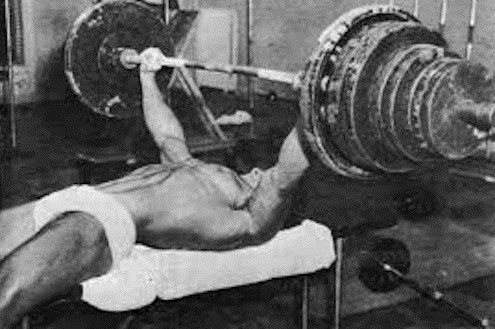
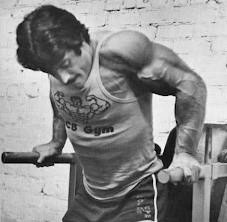 The king of High Intensity Training was Mike Mentzer. He shocked the training world with his one-set-to-failure philosophy, and he practiced what he preached. It was hard to argue with those results, either: back in ‘78 he was the first ever bodybuilder to win the Mr Universe with a perfect score. Many in the know also thought he was the winner of the highly controversial 1980 Mr Olympia, which was actually taken by a well out-of-shape Arnold S., who entered as a last minute contestant.
The king of High Intensity Training was Mike Mentzer. He shocked the training world with his one-set-to-failure philosophy, and he practiced what he preached. It was hard to argue with those results, either: back in ‘78 he was the first ever bodybuilder to win the Mr Universe with a perfect score. Many in the know also thought he was the winner of the highly controversial 1980 Mr Olympia, which was actually taken by a well out-of-shape Arnold S., who entered as a last minute contestant.